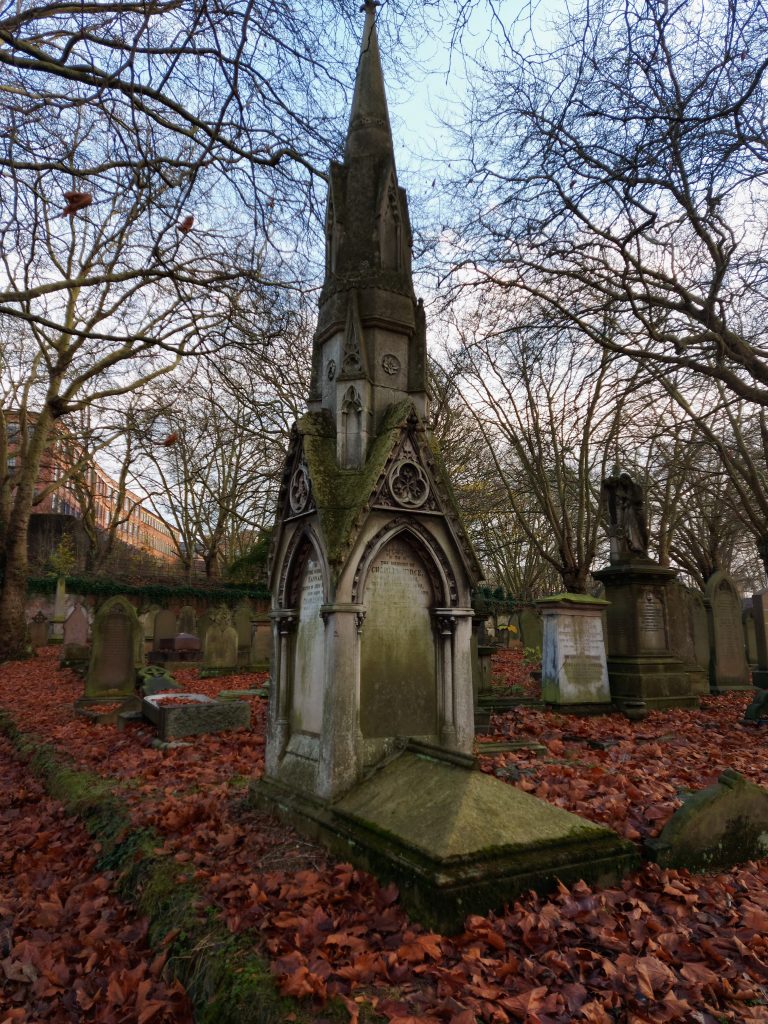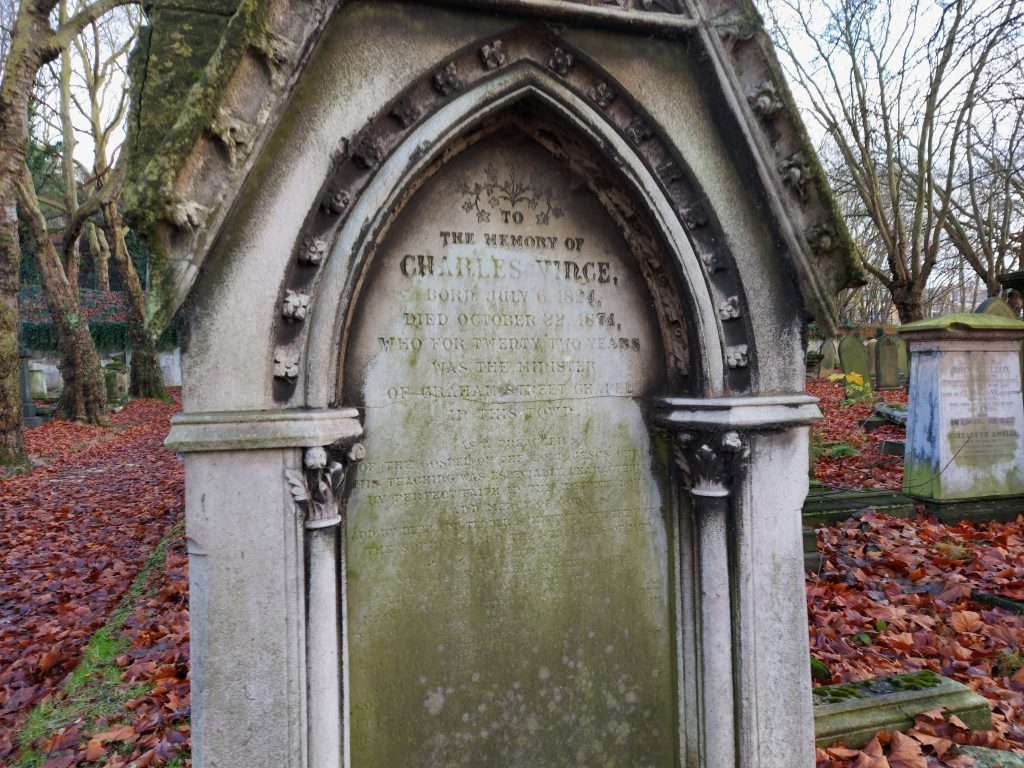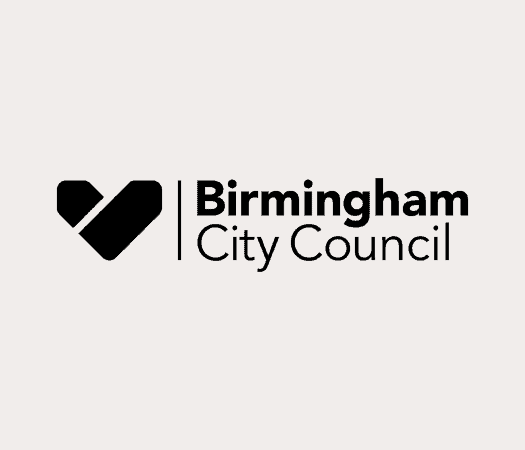Charles Vince was born in 1823, in Farnham, Surrey. He was born into a Congregationalist background. His father was a carpenter and a builder. Charles attended a local school of a nephew of Charles Cobbett who was an English pamphleteer, independent journalist and Member of Parliament. He then became an apprentice to Mason and Jackson which was the company that his father worked for. Sometime later, he joined the local Mechanics Institute.
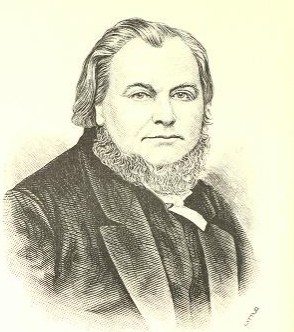
After a baptism convention, he studied at Stepney College in 1848. He was then allocated to the Mount Zion Chapel, in Graham Street, Birmingham. This made him a well renowned religious leader and Baptist minister who was described as being a “charismatic preacher”.
Mount Zion Chapel was opened in 1824 and was close to the heart of Birmingham, on the edge of the Jewellery Quarter. It had an octagonal brick structure with a pedimented front and a recessed Doric portico (a porch that leads to the entrance of the building). It seated about 2,000 people. It was first used by the Presbyterians for two years before their migration to a smaller chapel in Newhall Street. The chapel started doing baptisms in 1827. From 1844 the popular ministry of George Dawson made the chapel one of the most popular in Birmingham, before he left to form his own independent congregation at the undenominational Church of the Saviour, built in Edward Street.
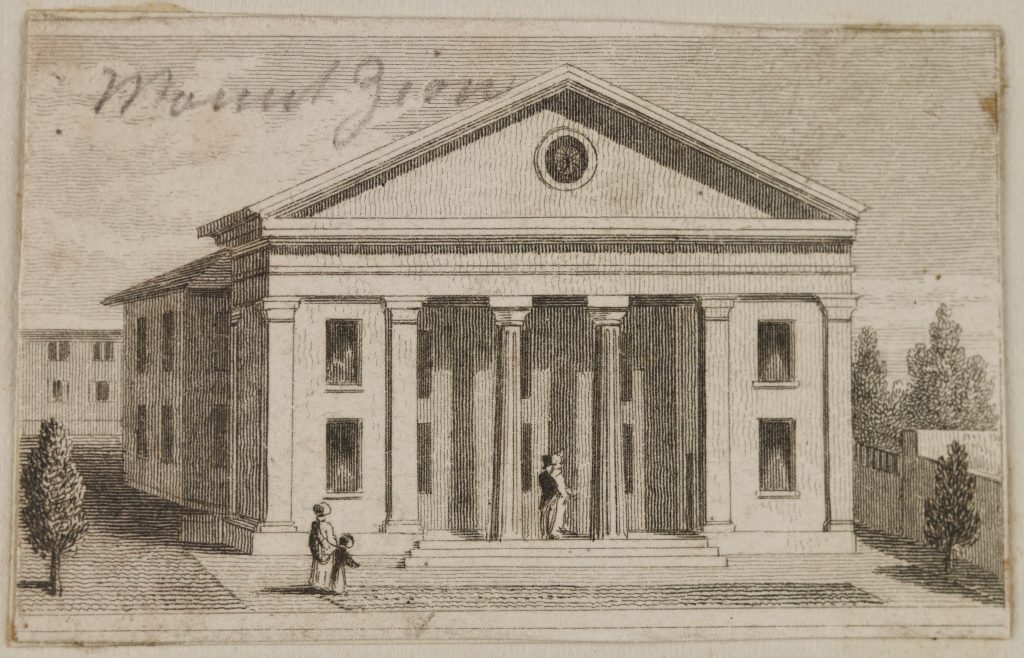
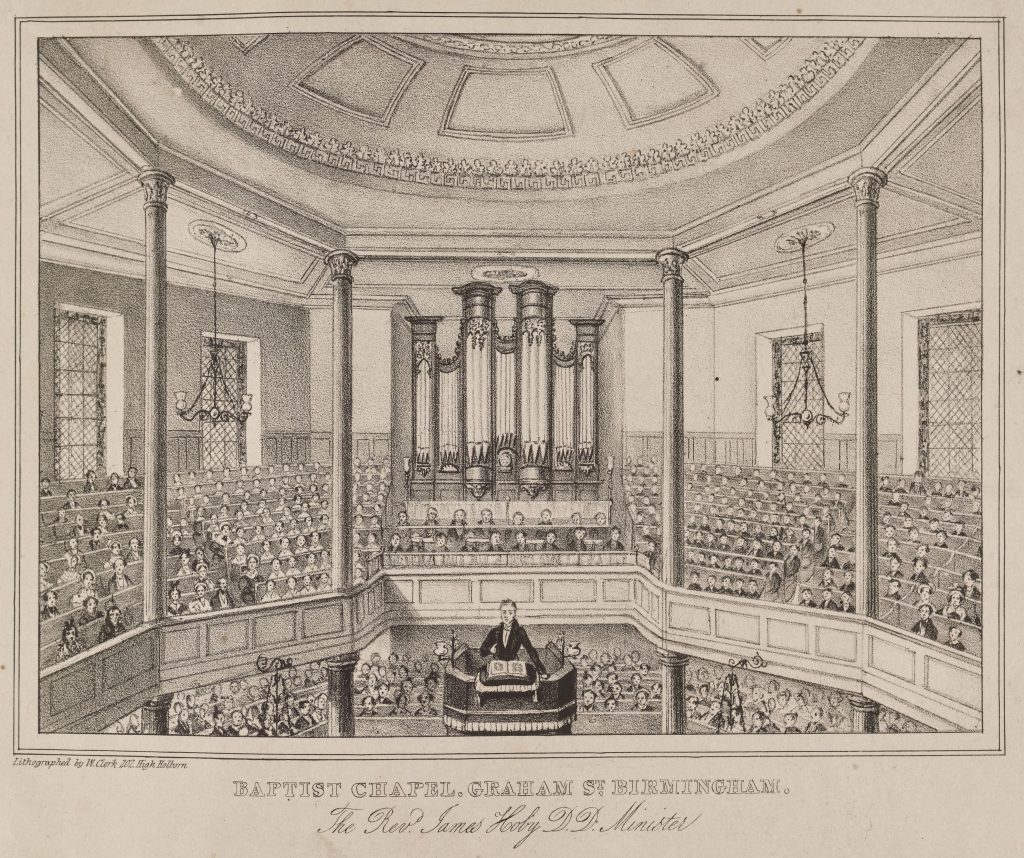
Charles Vince successfully rebuilt the congregation which had dwindled when Dawson left and became very popular as a preacher and an important figure in the city. Vince had a hand in developing Birmingham’s social organisations. He was a member of Birmingham’s first school board. He was also a figure of the Birmingham “civic renaissance” (or “civic gospel”). He spoke for causes including the Reform League, the National Education League, and the Liberal Association. He defended the radicalism of George Edmonds in an 1868 funeral sermon for him, is also buried at Key Hill cemetery.
Charles Vince died on the 21st of October 1874 at the age of 51, following a serious illness. He is buried in Section K, grave 284.
The Baptist Encyclopedia (1881) includes an account of his funeral:
“How well he served the community in the esteem of his fellow-citizens was testified at his funeral by the representatives of all classes and parties and sects. The chief magistrate of Birmingham, and deputations from all the public bodies, the ministers of the various Nonconformist churches, several of the Established clergy, the Jewish rabbi, and one of the dignitaries of the Roman Catholic Church, assembled around the grave to express not only their personal respect, but the universal sense of an irreparable loss. Baptists from all parts of the country were like wise present to mourn with their bereaved brethren of the neighbourhood.“
Mount Zion chapel where Charles Vince had been minister closed in 1913 and the chapel was later demolished. In the 1950s, an OS Map of the area shows a warehouse on the site.
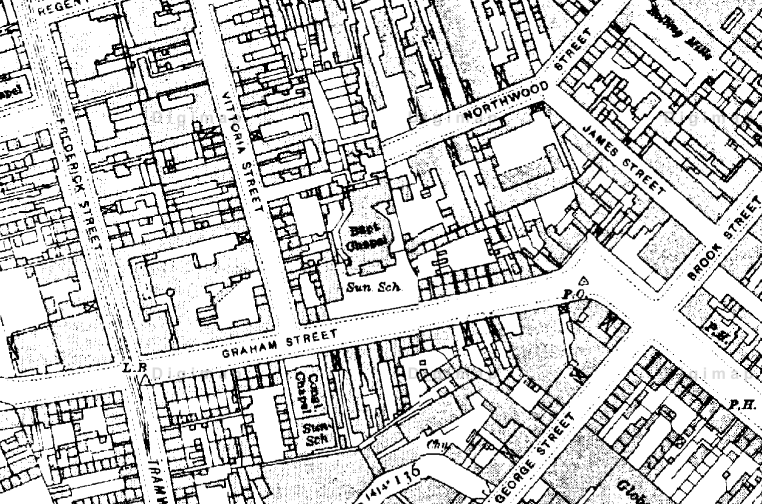
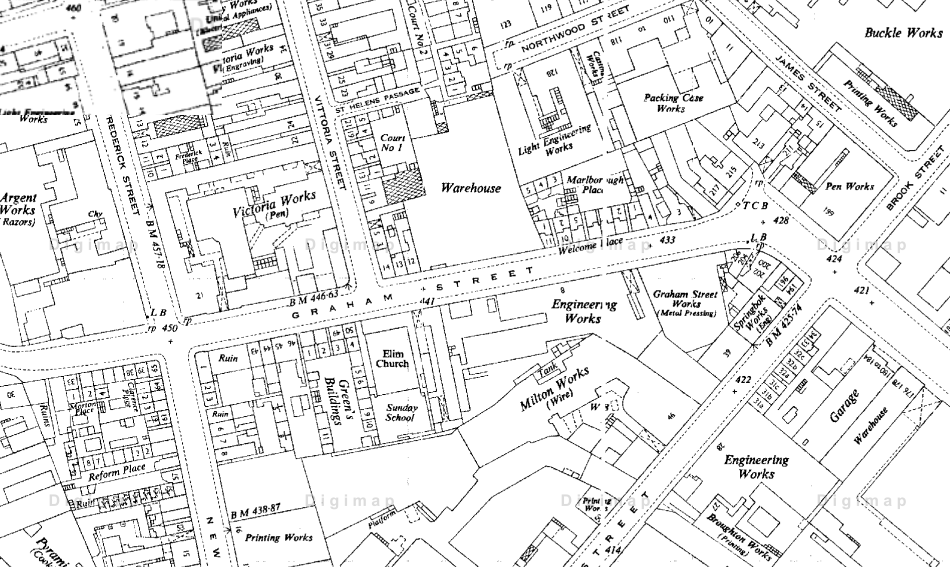
Further Reading
Rev. Charles Vince, The Baptist Encyclopaedia, page 1194-5, archived online here
A History of the County of Warwick: Volume 7, the City of Birmingham, Places of Worship, available via British History Online
Victorian Do-gooders: Charles Vince by Jewellery Quarter Research Trust
